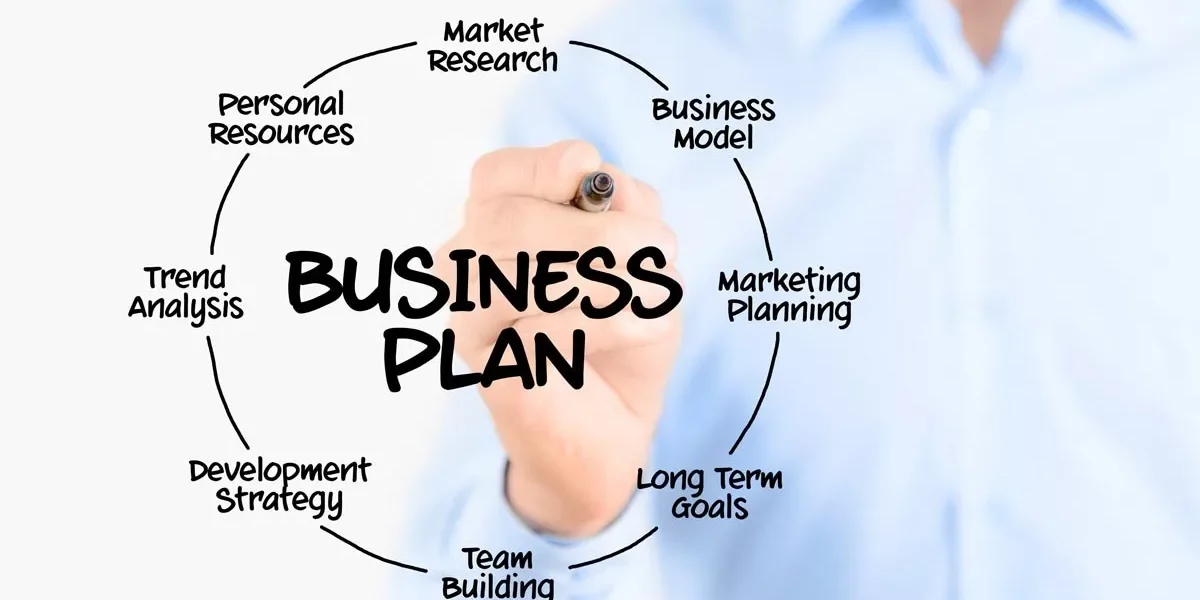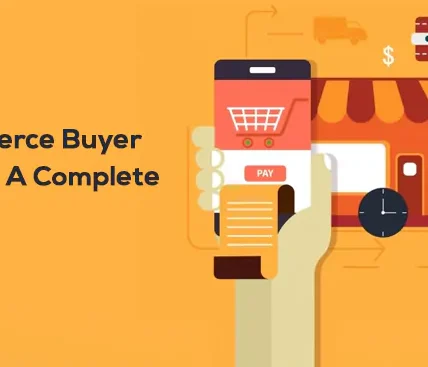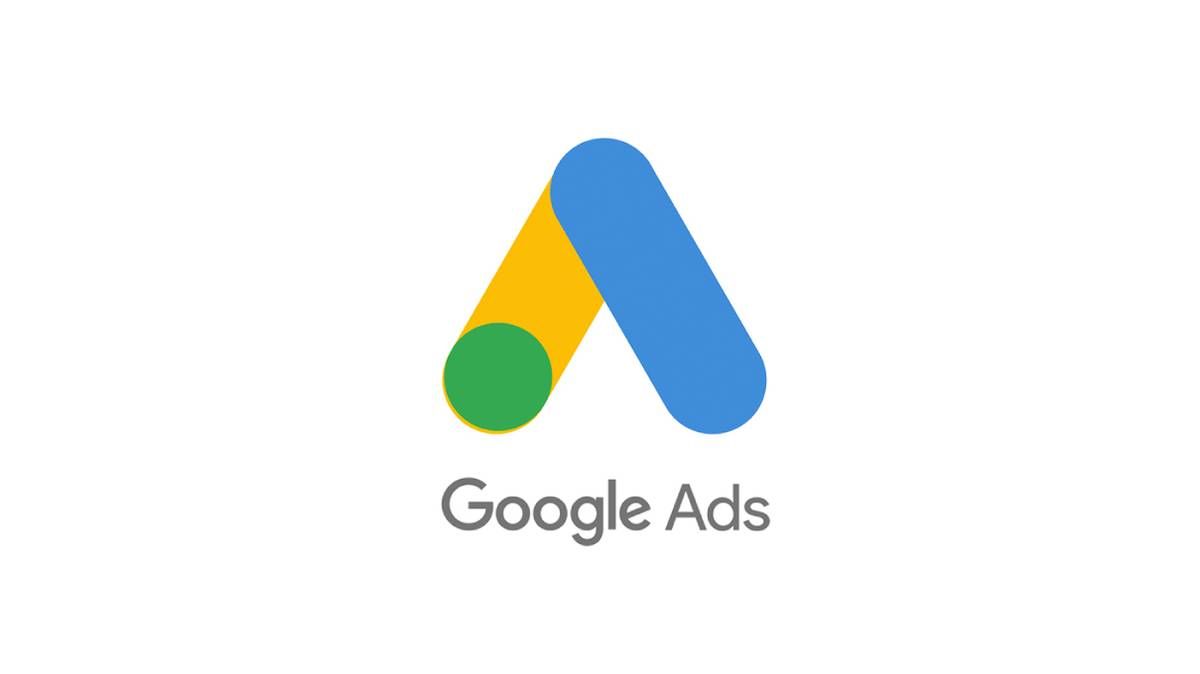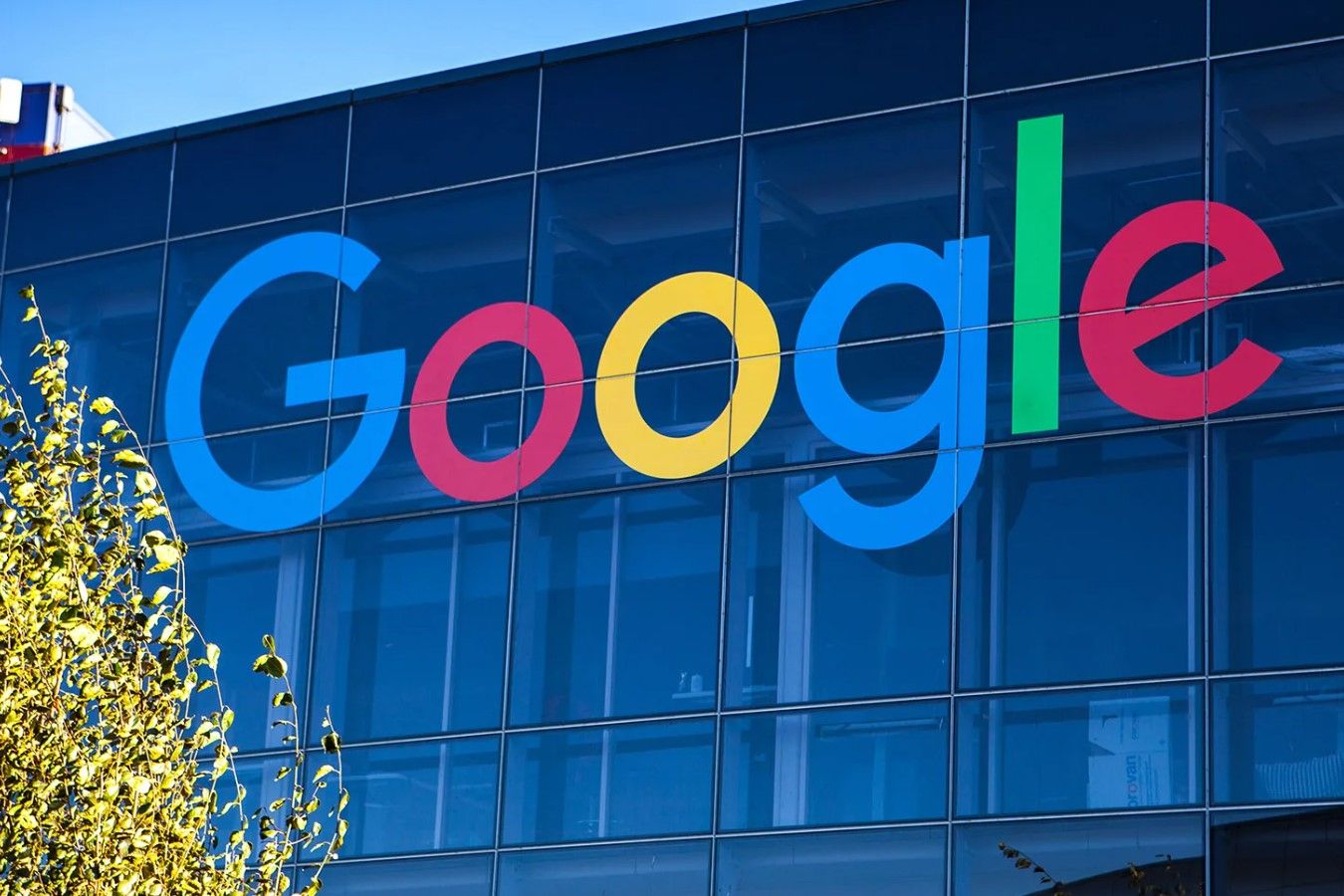In this guide we’ll cover the essential elements of a small business marketing plan.
However, if you’ve never put one together then consider this your executive summary of marketing objectives with specific goals for your small business.
You’ll be creating a marketing plan is clear and focused.
Do keep in mind that developing a marketing plan is a long term investment.
So you’ll measure the results and recalibrate as needed.
This is how you perfect your marketing strategy…
Small Business Marketing Plan
Small business owners, this small business marketing plan is a surefire way to sell any product or service you offer to your target market, regardless of how high or low your marketing budget is.
This action plan is created with marketing principles in mind and are applicable across the board.
So they’ll never “expire”, instead, they’ll always be relevant.
With this plan you’ll have a system in place to get increased awareness, leads, and customers.
Let’s start with the most important element of your business, your customer…
1. Narrowing Down On Your Target Audience

The first thing you want to do narrow down to a specific segment of your target audience to create a buyer persona…
A buyer persona is a detailed profile for a segment of your target audience that provides insights for crafting your product offers and messaging.
Ideally, you’ll want to create personas for every segment of your target audience that you deem valuable because the messaging and offers to those segments will be specific to them.
These personas help to identify your target audience online by listing important information:
- Demographics
- Interests
- Goals
- Challenges
- Values
- Objections
Buyer personas narrow down your marketing message to speak directly to your customers. Each buyer persona warrants creating a unique marketing message.
As the old marketing adage goes: if you speak to everyone, you speak to no one.
Create your buyer persona now
2. Differentiate With A Unique Selling Proposition

A unique selling proposition, or USP, is how you differentiate yourself from your competition, that your target customers deem valuable.
Your unique selling proposition has to be just that, unique. This means using “customer service”, “premium products”, “#1 rated” aren’t going to cut it.
Your prospective customers have heard these terms before and thus tune them out.
Why do you need a unique selling proposition?
Think about the last time you looked at the brand of your bananas or oranges…
You probably never have because it’s a commodity. It’s a purchase you make when it’s cheap. You look at price before you look at brand, much like your potential customers.
Small businesses have more of a reason to create a USP because competition in their industries tend to be so plentiful.
A successful business will analyze their competition and customer problems to position their solutions in a unique way.
Create a unique selling proposition now
3. Crafting An Irresistible Offer

The offer is the additional value your customer receives along with your product or service.
This includes the benefits, features, messaging, bonuses, add-ons, etc.
Perception is everything…
[High Perceived Value + Low Perceived Cost] x [Urgency + Scarcity]
For an offer to be truly irresistible it must be perceived as high value from your customer, it must be perceived as low cost as well (cost in terms of risk and price), and multiplied by urgency and scarcity.
Remember, it’s the value your target customer perceives, not what you perceive to be valuable for them.
Therefore, the same applies to the cost, it doesn’t necessarily have to be cheap monetarily for you, but in their eyes it has to be so. You don’t have to heavily discount for a cost to be perceived as low, instead you have to pile on value so the worth is considered high for the price—a real steal.
On top of that, layer in a bit of scarcity and urgency.
Create an irresistible offer now
4. Selecting Your Marketing Message

Learn this product copywriting principle…
We do not buy products, we buy solutions to our goals, challenges, or pain points.
Just think when you shop for a winter coat, you’re buying a solution to the cold weather (pain point). When you order that double espresso coffee in the morning, you’re buying a solution to staying awake and alert in the morning (challenge). When you purchase that new, state-of-the-art golf club, it’s because you want to improve your game (goal).
But what about people who purchase those expensive Ray Ban sunglasses? How do you explain that? What solution is that providing that a way cheaper option can’t!
Yes, there are cheaper options. But they’re buying into their identity. A version of their ideal selves (goal) a cheap brand doesn’t provide.
The question your business must answer is: “What problem do I solve?”
So we must first identify the problem…
Create your marketing message now
5. Understanding The Customer Journey

The customer journey is the sum of experiences your target customer has when they interact with your brand.
Before someone buys from you, you should be empathetic to the customer’s experience. They want to feel that you understand their needs—understand the journeys.
This is why we create customer personas to understand their goals, challenges, and pain points.
From your point of view as a business owner, understanding the customer’s journey means you can identify gaps that aren’t being met for your target customer.
Note: You fill in those gaps with each step of your marketing funnel.
Now onto the customer journey. There are 5 in total.
Understand the customer journey now
6. Choosing Your Distribution Channels

Brand awareness is the extent to which consumers are familiar with your products or services.
Ultimately the goal is to create and maintain an awareness of your brand so that you are always top-of-mind to your target audience when they search for your solutions.
It’s important to increase awareness…
Why is brand awareness important?
Brand awareness is important because it positions your small business as a viable solution when your target customers are in the Aware stage of the customer journey and you are in the Acquire stage of your funnel.
It’s there to kick-start the relationship, which is ultimately when marketing strategies are there to do.
Ultimately, awareness is the first step for the customer journey, so this is where you’ll reach a large segment of your target audience that matches up with your customer persona in order to acquire leads.
Choose your marketing channel now
7. Choose Your Growth Strategy

The ABC Formula is a simple framework to focus your marketing and sales efforts on the only 3 levers that will grow your brand:
- Average order value (AOV)
- Buyer frequency
- Customers
If you can double, triple, or quadruple each, expect 6x, 9x, or 12x growth.
Provided you’re already well positioned and creating a strong brand, these three factors are all you’ll need to focus on.
Why?
Because it maximizes your sales value and sales volume; exactly what a successful business needs.
Ie. Your customer lifetime value (LTV) will increase!
Choose your growth strategy now
8. Optimize Your Sales Process

I’ve always maintained that to become great at understanding sales and marketing, you should study the great copywriters.
One of them is Mark Ford, who founded the American Writers and Artists Institute (AWAI) and The Agora Companies—both of which produce copywriting for billion dollar industries.
They know how to craft a winning marketing campaign so that when someone visits your landing page, the sales funnel works like magic.
He’s the inspiration behind what I call the Lead Domino Sales Strategy…
What is the Lead Domino Sales Strategy?
The Lead Domino Sales Strategy is a 4-step sales process to turn strangers into customers.
A lead domino is the first domino that pushes everything in motion. It gets the ball rolling.
And much like every lead domino, momentum gets stronger after the first push making the final domino topple over easily…
…the final domino being the sale.
Optimize your sales process now
9. Launching Your Marketing Sales Funnel

A digital marketing funnel is a multi-channel, multi-step strategy designed to drive your target customer to a sale.
Channels will include anywhere your target audience hangs out such as: paid advertising (Facebook Ads or Google Ads), search engines, content marketing, email marketing, etc.
Steps will include clicking on Facebook ads, reading a blog post, and signing up for a “lead magnet” delivered through an email.
Your desired action can be signing up for a newsletter, attending a webinar, purchasing a trial offer, purchasing a product or service, etc. Essentially, these are calls to action.
Once a funnel is implemented and optimized, it serves as a predictable sales system, a way to drive traffic and sales on autopilot!
You’ll be able to acquire leads, activate prospects, and convert them into customers.
What’s the difference between a lead, prospect, and customer?
A lead is someone that shows interest in your product or service by providing you with their contact information, usually a name, email, and/or phone number. A lead becomes a prospect once they’ve engaged with you with time or money. Lastly, a prospect becomes a customer once they’ve purchased your core product or service offering.
The sales funnel has 3 stages: acquisition, activation, and conversion.
These three stages cover the first three stages of the customer journey: awareness, consideration, decision.
So when your target customer becomes aware of a goal, challenge, or problem, you will try to acquire them as a lead.
When they are considering their options, you’ll try to activate them as a prospect.
Lastly, when they’re ready to make a decision, you’ll try to convert them into a customer.
Each stage of the funnel plays a vital role in driving your leads down to a conversion.
Launch your marketing sales funnel now
Your Marketing Strategy
Now you have a small business marketing plan to get awareness, leads, and customers.
Take time to read through each section and execute.










